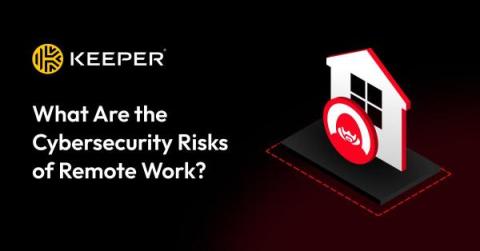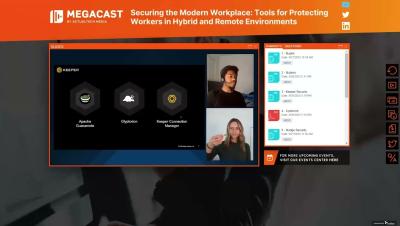Security | Threat Detection | Cyberattacks | DevSecOps | Compliance
Remote Work
Advancing Remote Work Management: WorkTime's Time Tracking Excellence
What Are the Cybersecurity Risks of Remote Work?
Cybersecurity Challenges in the Remote Work Landscape
The Role of Proxies in Enhancing Online Security and Privacy
3 Things To Know About Securing Remote Work with VPN
It's been two decades since the introduction of virtual private networks (VPNs), and they are still the go-to solution for many organizations that need to connect remote users to company resources. But while VPN technology remained relatively static — grounded on the principle that your resources are primarily located on a corporate network — remote work requirements have changed dramatically.
7 ways to protect remote employees from a cyberattack
Working from home (WFH) has brought with it advantages such as flexibility and access to global talent, but it has also introduced new security threats to organizations. The shift to a remote or hybrid workforce has forced companies to adopt more software-as-a-service (SaaS) applications, which has caused almost 40% of companies to lose control of their IT and security environments, according to data from a Cloudflare study.
Navigating Offshore Dev Staff In A Post-Pandemic World
Webinar - The 3 Essential Tools To Protect Workers in Remote Environments
Remote Work Cybersecurity: 9 Essential Data Protection Strategies for Online Security
The rise of remote work, which currently sees 40% of US employees working remotely at least one day a week, has been fueled by technological advancements and recent global events. But with this shift comes a silent, lurking challenge: cybersecurity. The vast, interconnected web of remote workspaces amplifies the potential for cyber attacks. Businesses must protect their data to maintain the trust of customers, preserve their reputation, and ensure uninterrupted business operations.











